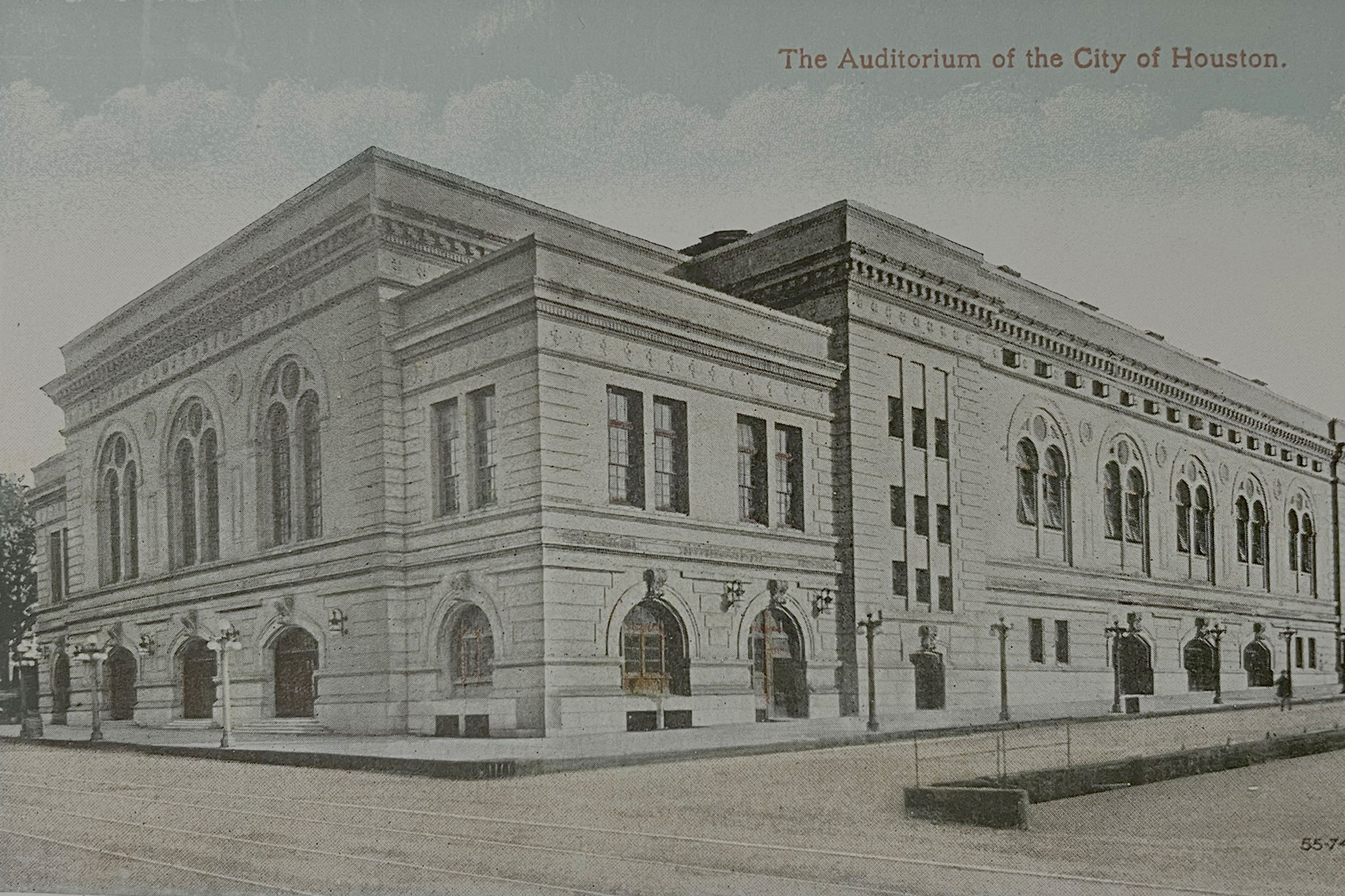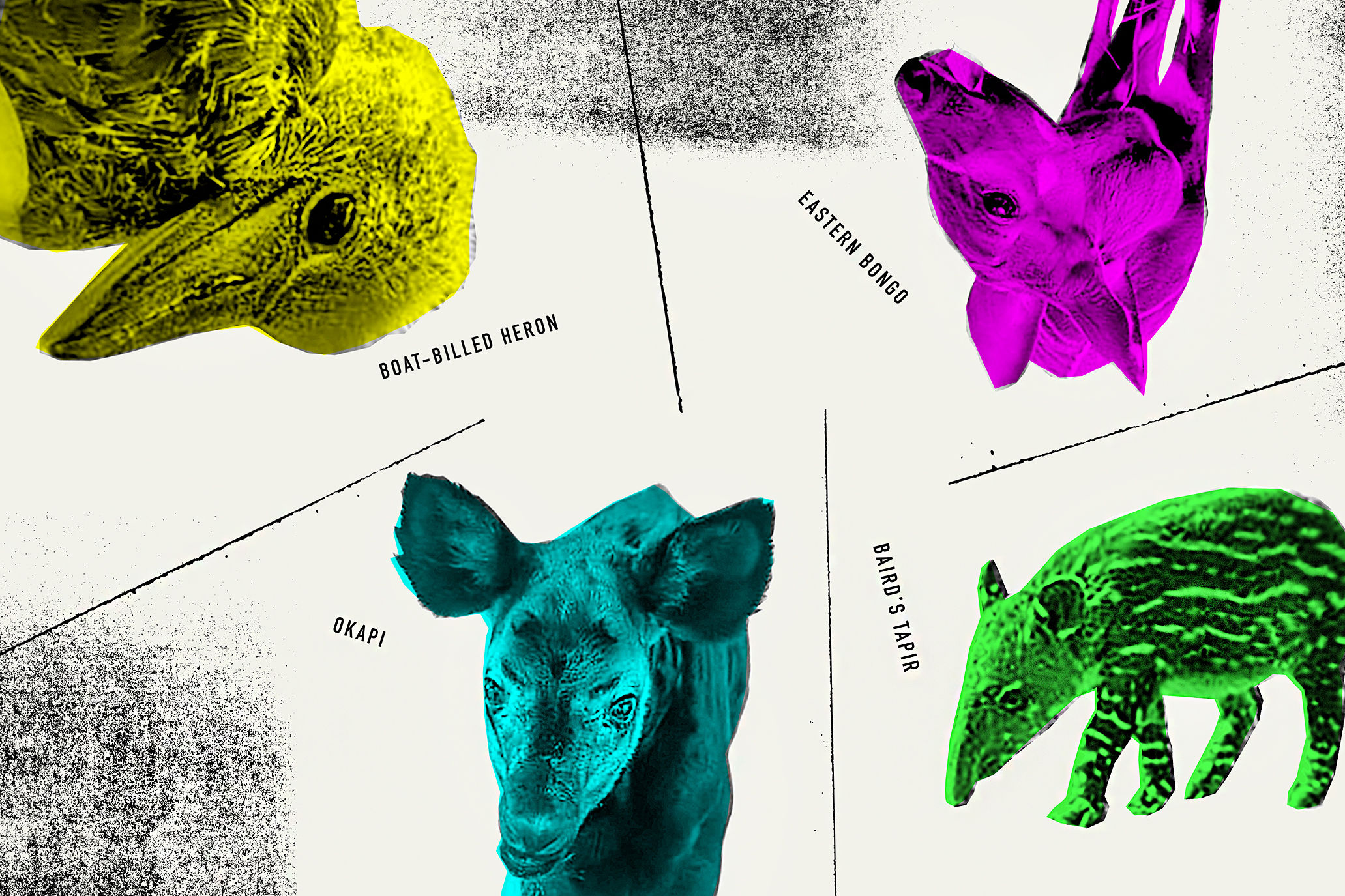Houston's Historic Eldorado Ballroom Reclaims its Shine
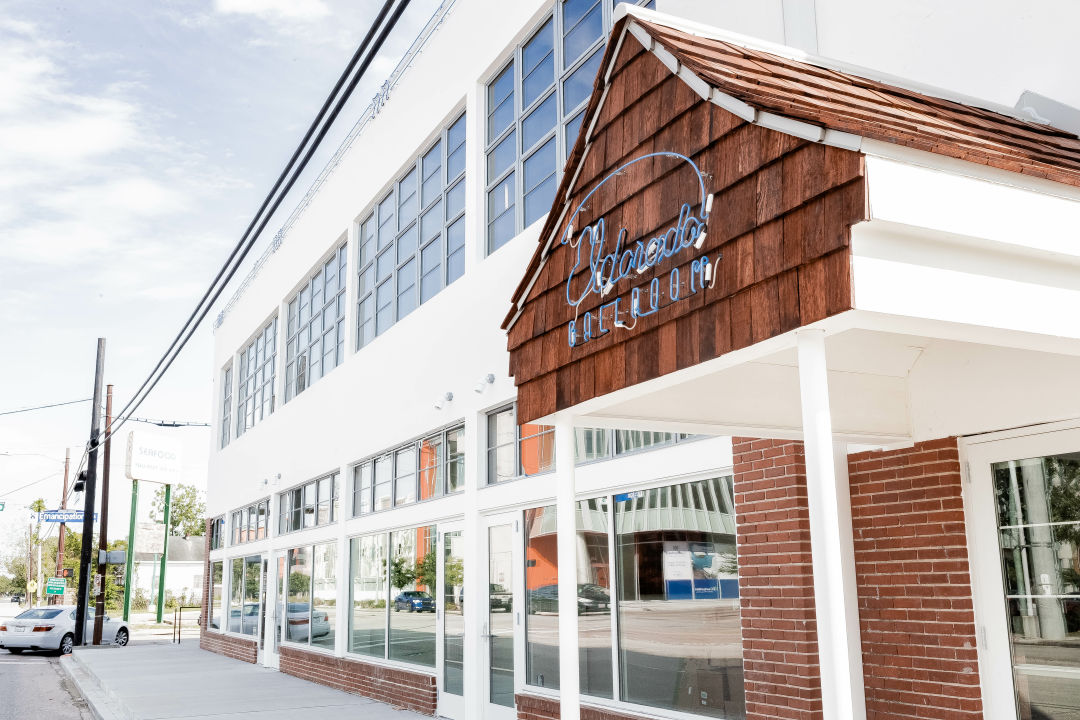
Thanks to a $9.7 million restoration spearheaded by Project Row Houses, the Eldorado Ballroom is poised to become a hub for the community yet again.
The corner of Elgin Street and Emancipation Avenue in the heart of Third Ward encompasses the essence of Houston's Black history. Across from Emancipation Park, founded by former slaves, glowing blue neon letters now signify a new era for the storied Eldorado Building.
Here at the Eldorado Ballroom, also dubbed "The Rado” and the "Home of Happy Feet," from the ballroom's establishment in 1939 until its decline in the 1970s, blues, jazz, and R&B greats converged for decades to make beautiful music. Now, thanks to a $9.7 million restoration process, spearheaded by Project Row Houses, the Eldorado Ballroom is poised to once again take its place as a hub for community gatherings, dancing, and yes, beautiful live music.
When Project Row Houses took over the Eldorado in 1999, "the building was adequate and functional, but underutilized and not living up to its potential," Eureka Gilkey, Project Row Houses' executive director says. "It definitely felt loved and lived in. You could feel the spirit, but the shine had faded."

Founded in 1939, the Eldorado Center, which included the famed Eldorado Ballroom, was one of Houston's first clubs for the Black community.
At a recent Community Open House, the Eldorado Ballroom's original red oak floors and pine wood stairwell gleam, filling the room with the smell of fresh polish as spoken word poetry echoes throughout the space.
"A part of this opening—and what's happening here in this community—is that all of these artists, Project Row Houses, and all of these organizations, are really learning how to reclaim space," spoken word artist LeChell "The Shootah" R.H. says from the ballroom's new stage. "I think as Black folks, as artists, as a Black queer woman, taking up space is something that's really, really hard to do. It's something I've been chanting to myself for the last couple of years, everywhere I go, to 'take up space.'"
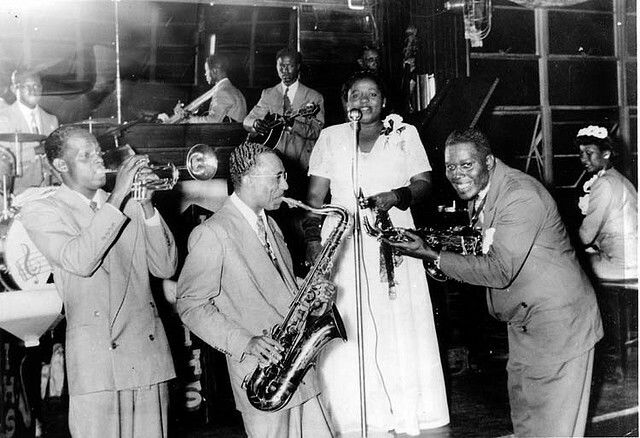
I.H. Smalley and his orchestra performing at the Eldorado Ballroom in the late 1940s.
Image: Courtesy Project Row Houses
Founded in 1939 by Anna and Clarence Dupree, the Eldorado Center, which included the famed Eldorado Ballroom, was one of Houston's first clubs for the Black community, eventually becoming the epicenter for Black entertainment. A grandchild of former slaves, Anna Dupree "was moved by the stories of slavery she heard from her grandparents," according to the Texas State Historical Association, motivating her to dedicate much of her life's work to improving the lives of Black people.
"At a time when Black Houstonians were, by law, treated as second-class citizens, only allowed in theaters and shops at limited times, and sometimes not at all,” Gilkey says, “having a venue like the Eldorado Ballroom meant they could go see a show and be treated with dignity and respect.” The Eldorado "meant everything and still does today. It’s a place of revelry, joy, and a gathering place to celebrate life’s milestones."
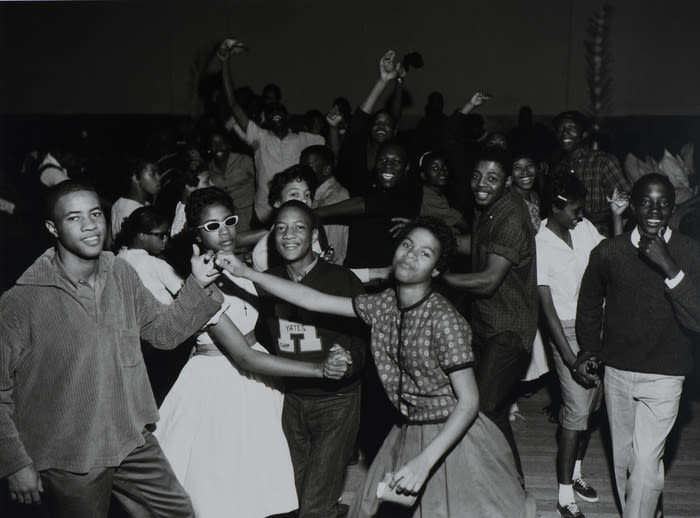
Benny Joseph's "Teen Hop" at the Eldorado Ballroom in 1964.
Image: Courtesy Project Row Houses
The significance of taking up space, of reclaiming space, is everywhere you look within the newly restored Eldorado Building. From the historic ballroom, to contemporary touches like the addition of a neighboring green room, to much-needed add-ons like an elevator and a second set of stairs.
The embodiment of Houston's Black history continues literally underneath the ballroom as well. Here on the first floor, chef/owner of Lucille's and two-time James Beard nominee, Chris Williams oversees the Hogan Brown Gallery and soon-coming Rado Cafe and Market, all underneath the management of Lucille's Hospitality Group. These endeavors, including the management of the ballroom itself, mark the group's first ventures outside of the celebrated Museum District restaurant.
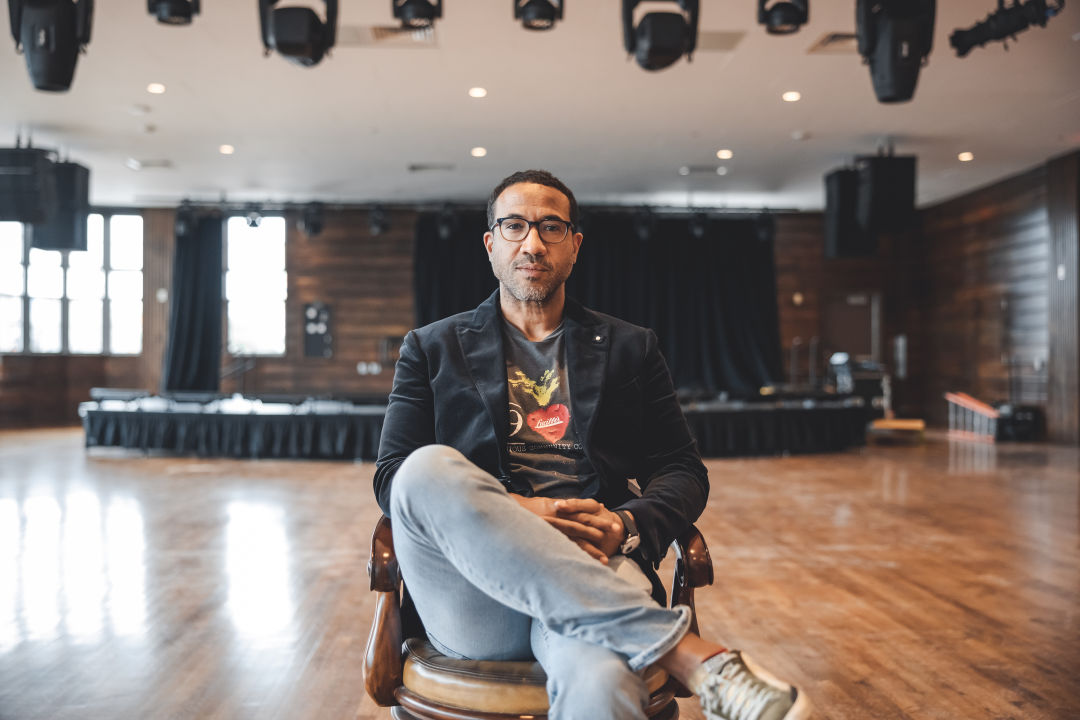
Two-time James Beard nominee, Chris Williams (pictured here in the newly renovated Eldorado Ballroom), is overseeing the Hogan Brown Gallery and soon-coming Rado Cafe and Market—all underneath the management of Lucille's Hospitality Group.
At the Rado Cafe and Market, slated to open this spring, diners can expect an all-day cafe and neighborhood market "offering culturally conscious prepared foods, fresh groceries, locally sourced mercantile products, and a bistro-inspired menu." There will also be a grab-and-go wine selection.
Next door, the Hogan Brown Gallery is currently lined with historic photos showcasing the Eldorado Ballroom in its heyday. A walk through the gallery is an instant portal back to the glory days of jazz and the jitterbug, when folks frequented the Eldorado to go ballrooming as greats like B.B. King, Duke Ellington, Etta James, and Ray Charles took the stage.

Led by Houston artist Robert Hodge, the Hogan Brown Gallery will serve as a hub for community education and a gathering place for local artists and artisans.
Led by Houston artist Robert Hodge, the Hogan Brown Gallery—named after the surnames of Williams' grandparents "who persevered during the segregation era by succeeding at the 'art' of entrepreneurship,” Hodge says—will serve as a hub for community education and a gathering place for local artists and artisans.
"I suspect we'll get new visitors because of the Eldorado,” Gilkey says. “Because this building and its history is part of the story that the music community has been telling for so long—that Houston, and especially Black Houston, is central to the story of our nation's musical treasures, jazz, and blues.”
